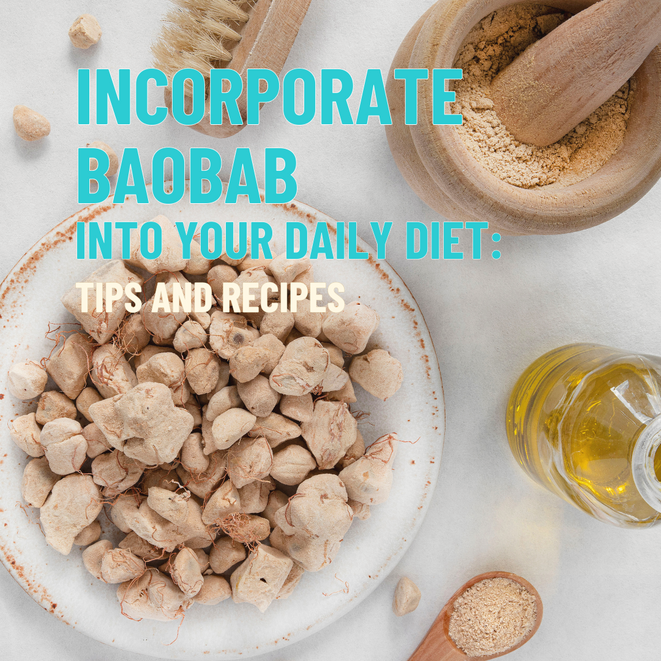Fibre-Rich Powerhouses: The Top Foods You’re Missing Out On
Learn about the top high-fibre foods and their benefits for digestive and overall well-being here!

Importance of Fibre
Fibre is a carbohydrate found in fruits, vegetables, whole grains, and legumes - an essential nutrient contributing to a well-balanced diet.
The health benefits of consuming enough fibre include regulating digestion, lowering blood pressure and cholesterol, increasing satiation and fullness, supporting the immune system, keeping sickness and germs at bay, and maintaining well-being.
Recent research by the Scientific Committee on Nutrition has made it clear just how vital fibre is, increasing the recommended amount of fibre consumption in the diet in the last decade. The benefits of fibre are wide and varied, but fibre is particularly beneficial in terms of gut and digestive health.
Fibre Benefits: Gut & Digestive Health
- Insoluble fibre passes through your small intestine without turning to sugar, cleansing your colon and improving gut health as it passes through to the large intestine.
- Soluble fibre dissolves into the bloodstream and regulating sugar release from the gut into the bloodstream. This can prevent a ‘sugar crash’ by reducing energy spikes throughout the day.
- Heightens satiation, which helps with weight management and lowers the likelihood of obesity and diabetes.
For fibre specifically, a source is considered ‘rich’ on the grounds of meeting the minimum requirement of 3 grams of fibre per 100g. Most sources contain 1-3 grams of fibre per serving.
The British Heart Foundation’s recommendation for adults is 30g a day, and the average adult intake was reported to be just 20g a day.
So, how can this 10-gram gap in nutritional health gap be bridged?
Top High Fibre Foods
Here’s a helpful shortlist of the top fibre-rich foods to bridge the dietary gap and support nutrition and wellbeing in your diet!
It’s worth keeping in mind that serving sizes depend on the food, however, 100 grams is a good point of reference for comparison.
- Seed: Flax: Flax seeds contain 34 grams of fibre per 100g. Chia, squash and pumpkin also lead in seed fibre density, each containing over 15 grams per 100g.
- Legume: Pinto Beans: Pinto beans contain 15.5 grams of fibre per 100g. Other good options include soybeans, lentils, and starchy beans in general.
- Vegetable: Green Peas: Though most recognisable for their high protein content, green peas contain 5 grams of fibre per 100g. They are high in both soluble and insoluble fibre.
- Whole grain: Bulgur Wheat: Bulgur Wheat contains 4.5 grams of fibre per 100g. Wheat is also an excellent source of fibre in the ‘whole grains’ category.
- Fruit: Dried Figs: Dried fruit contains up to 3.5 more fibre (by weight) than fresh fruit. Dried figs top the fibre-density leaderboard with 9.8 grams per 100 grams (compared to 2.8 grams fresh). Dried prunes, peaches, dates, and bananas follow closely behind. Fibre-rich fresh fruits include passion fruit, avocado, and guava.
- Stand-out: Baobab: Often described as a ‘superfruit’, baobab contains 46.9g of fibre per 100g- almost 50% of the entire nutritional value of the fruit! Per serving (10g or 2 – 3 tsp), you get almost 50% of your daily fibre! On top of this already impressive nutritional feat, baobab contains both soluble and insoluble fibre in one super-source of fibre.
A study by Oxford Brookes University proposes that baobab reduces the rate at which sugar is released into the blood after digestion. A slower release of sugar into the bloodstream lowers the likelihood of sugar spikes and energy crashes.
More on ‘Baobab: The Ancient Superfood Transforming Modern Diets’ here.
How to Increase Fibre Intake in Diet
- Variety is key! Different kinds of fibre stemming from different sources should be consumed.
- Dry fruit: Dried fruits contain up to 3 times the amount of fibre per serving. Note that fresh fruits contain less sugar and are important in a well-rounded diet.
- Opt for whole wheat: bread, pasta, rice, etc. They are better sources of dietary fibre when in their ‘whole’ state version than when refined.
- Eat more starch: fruits, vegetables, and legumes.
- Fibre-enriched foods or supplements.
- Functional UNROOTED baobab drinks for gut health
 [Note: Increasing fibre intake should be done over time, and other essential nutrients should be added or subtracted from the diet based on the overarching nutritional balance of the diet.]
[Note: Increasing fibre intake should be done over time, and other essential nutrients should be added or subtracted from the diet based on the overarching nutritional balance of the diet.]




